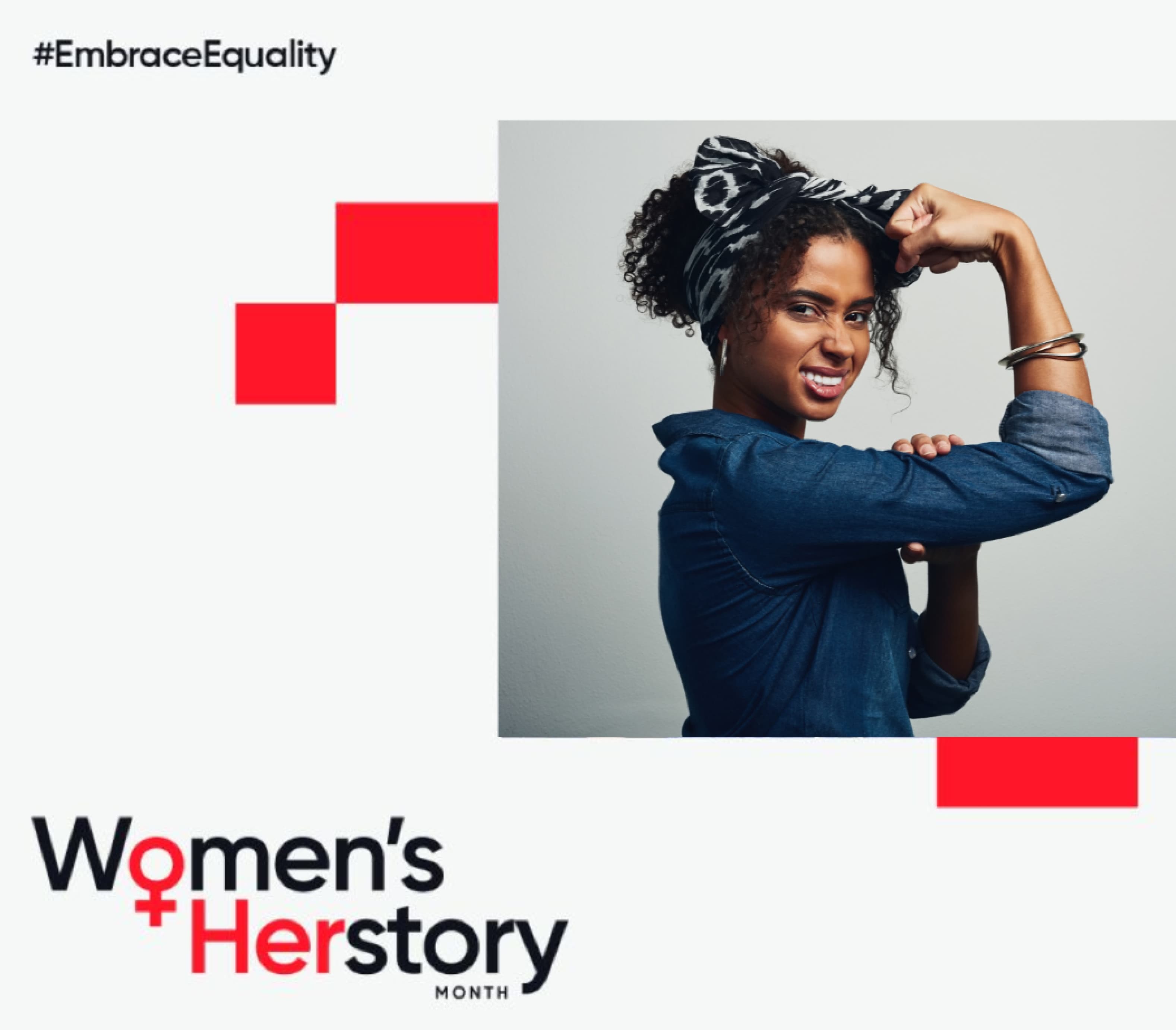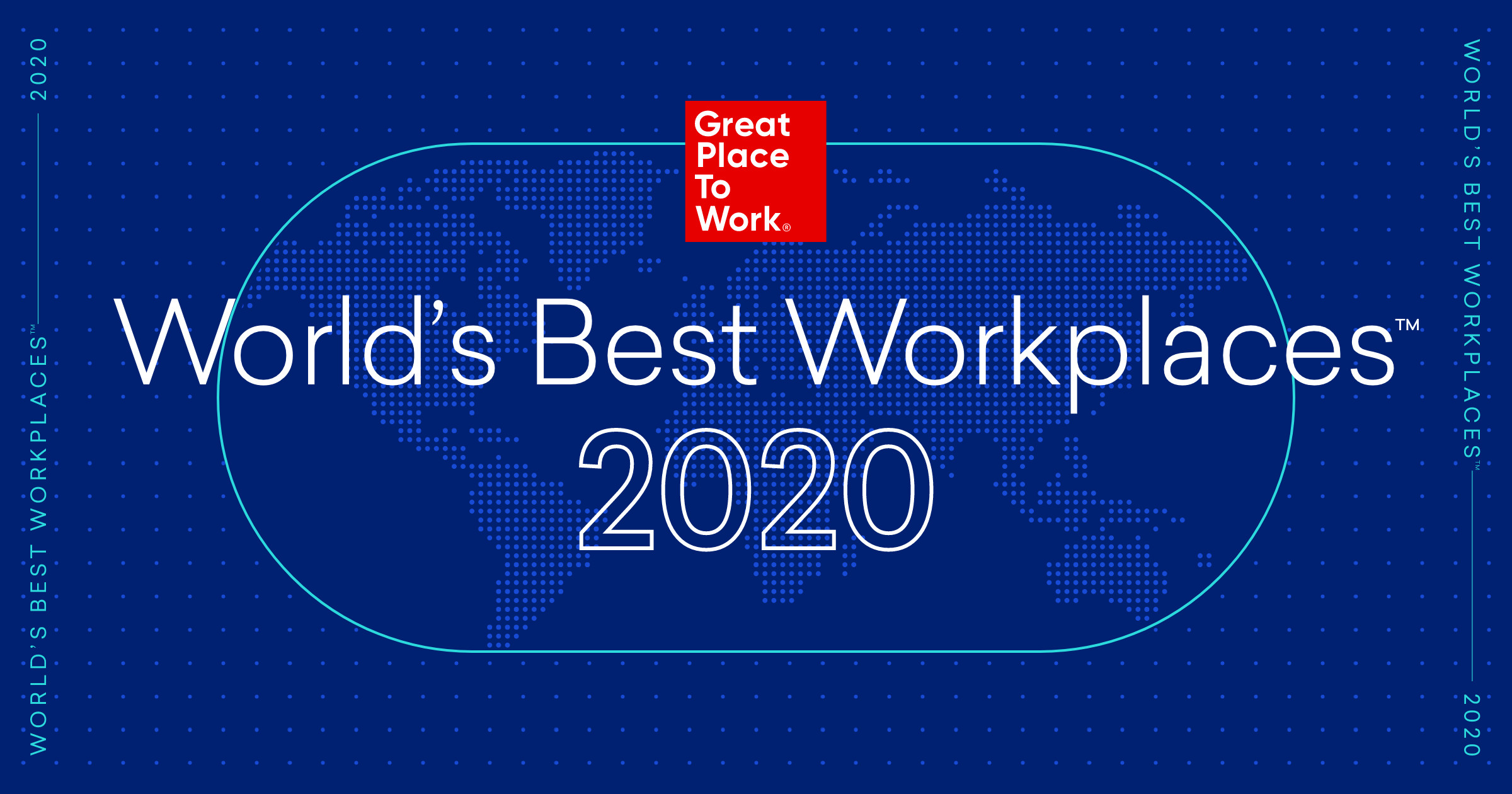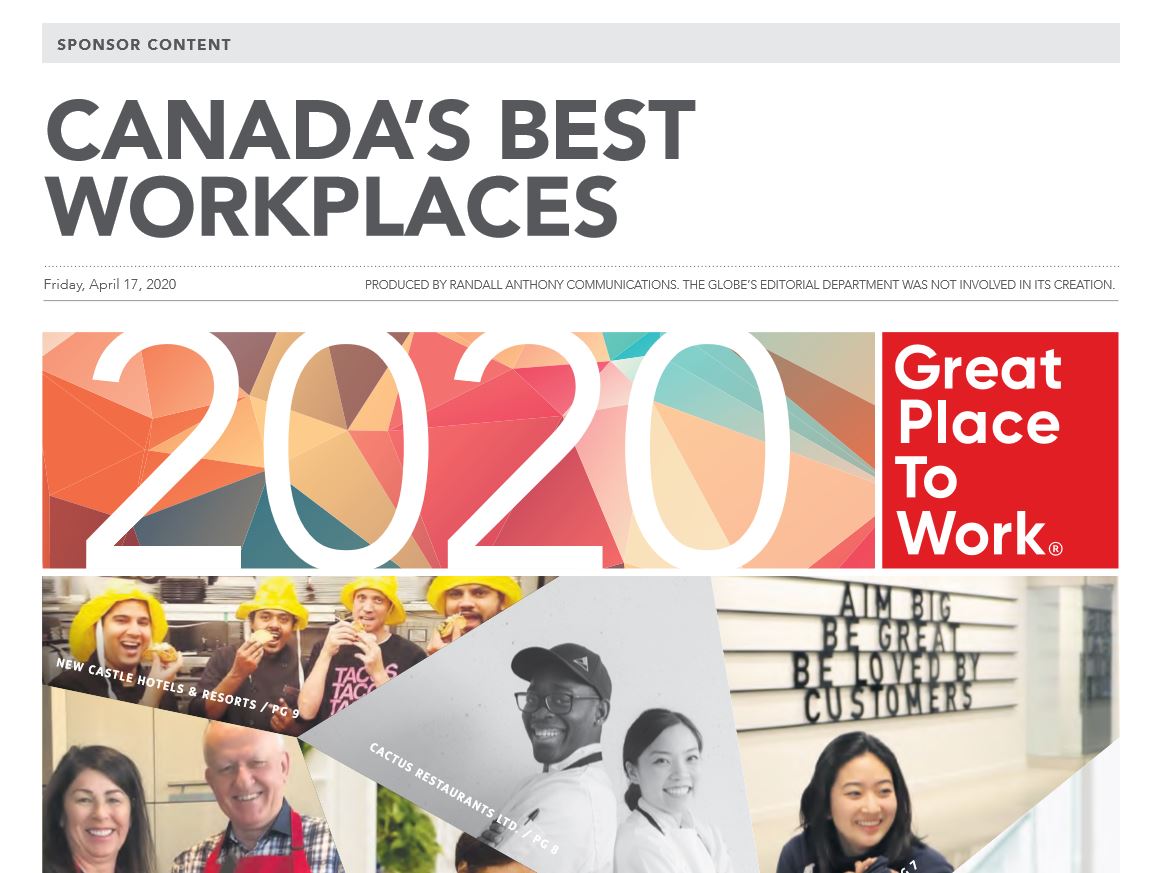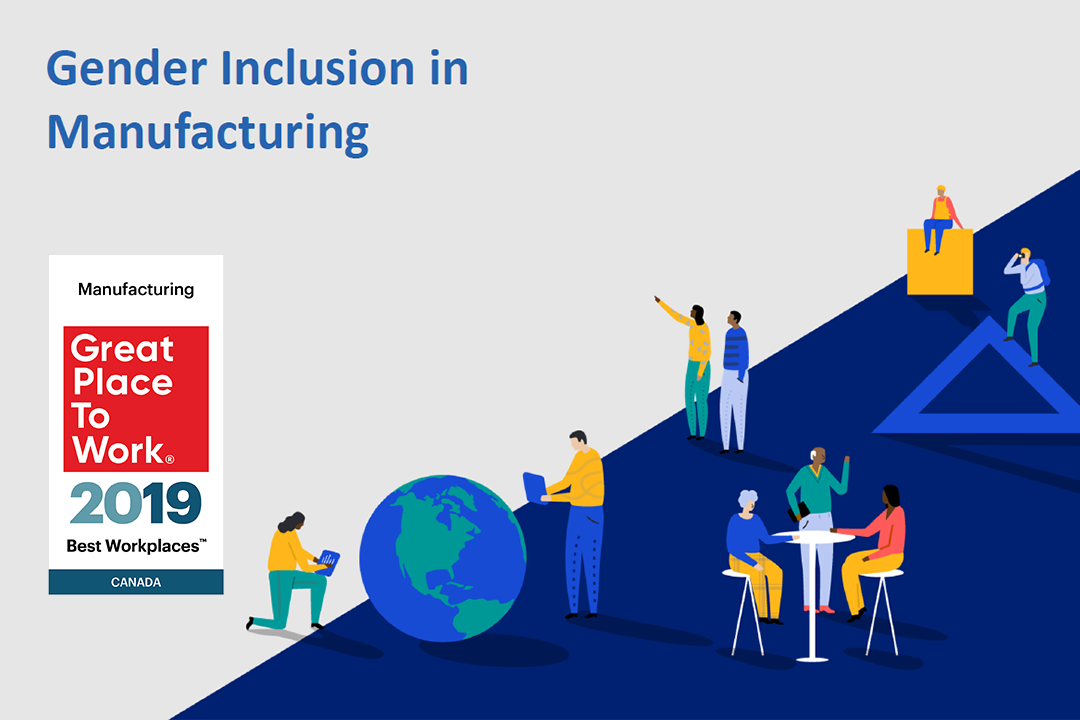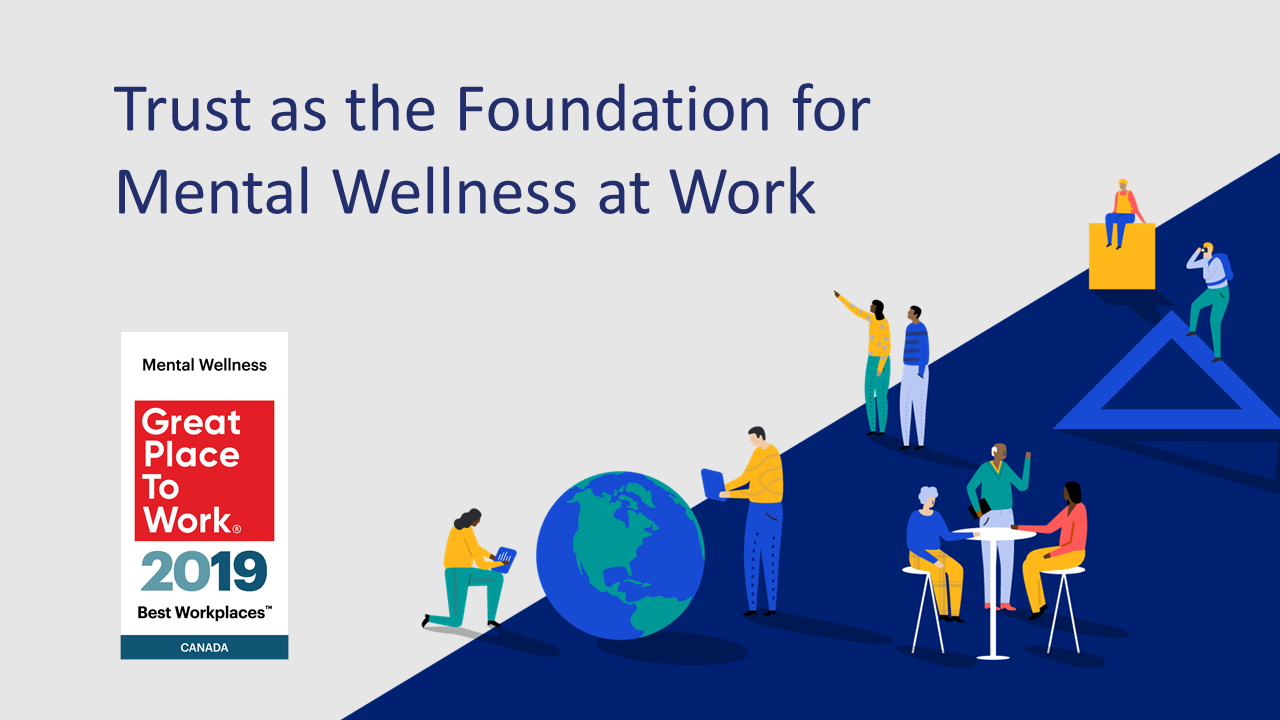
Mentorship as a practice is highly effective for building organizational competency. Mentorship for women specifically, ensures their participation and engagement at all levels and across all functions which leads to broader perspectives, richer decision making and a more inclusive culture overall. These elements contribute to a better workplace for all, which is ultimately the goal for the most successful companies.
Mentorship for women creates more access for women across your organization and running an impactful mentorship program has widespread benefits. It builds trust, helps identify problems – and their solutions – in a timely manner, and emphasizes that offering meaningful support is a priority for your company. It is also an important way to keep talent engaged and prevent women from leaving your workforce – both by demonstrating support for your people and by acquiring honest feedback to make continuous improvements.
We know that the transition post-pandemic has been a challenge for everyone and that women were significantly impacted. As organizations seek to help their people regain any lost footholds, mentorship for women can play a key part in this process helping them establish and maintain strong bonds and connections as they navigate an increasingly hybrid-type work environment.
The Best Workplaces™ for Women and those Managed by Women are particularly good at building these connections. In fact, 95% of people at the Best Workplaces Managed by Women say their manager is sincerely interested in them as a person, not just an employee and 92% of people at theBest Workplaces for Women say their manager is approachable and easy to talk to. Strong relationships like these are at the core of a strong mentorship program where women, and indeed all employees, are encouraged to reach their potential and grow their careers while at the same time building organizational competency and resiliency.
And while many organizations offer mentorship in one form or another, designing and running a program that is truly impactful is more difficult than it might seem. A successful mentorship program should take the time to make careful matches, be both flexible in its approach and focused on its objectives, and drive a genuine conversation that benefits both mentors and mentees. Thinking about mentorship for women, and recognizing that fostering diverse talent is a key driver in business growth, these strategies can be tailored to address the specific challenges women often face in the workplace.
Here are four steps for creating a workplace mentorship program for women that really works:
1. Take the time to get the pairings right
Not every mentor is right for every mentee, and vice versa. Taking a tailored approach that carefully matches mentors and mentees is a critical first step. Important too is recognizing that mentorship for women does not necessarily require mentoring by a woman. It’s more about clearly establishing what the mentee needs and taking the time to identify a suitable mentor. From there you can design an impact-driven program that facilitates meaningful conversations and prompts genuine opportunities to learn and grow.
A great match is one where both parties understand what support is needed. A colleague who is facing specific challenges around promotion or advancement will be looking for different guidance than someone struggling to find work-life balance. As such, the right mentor might be someone with similar experiences – perhaps a more senior leader in the same business area – or someone much further removed who can provide a fresh perspective. Typically, this means combing through a variety of personal profiles of potential mentors and having mentees reach out to those they think they might connect with best. Now, you might consider using an AI powered algorithm to identify potential matches. Not only is this more time efficient, it may suggest more inclusive pairings that may not have been considered otherwise. Regardless how the pairings are introduced, the important thing is that the two people take time to build trust and get to know one another. A mentoring relationship is like any other: It takes time to develop.
2. Set clear rules of engagement
It’s important to set out clear rules of engagement from the start. Even before the first mentoring session, everyone involved should understand what the objectives of the mentorship program are – and what they’re not. Is the mentee looking for a role model to provide inspiration? Maybe it’s connections and building their network that the mentee is really interested in. Perhaps they want sponsorship to help fast track their career. Or they might be looking for an advisor to bounce ideas off of. Whatever the expectation, this should be established up front. Mentorship for women isn’t just about helping women make it to the C-suite, it’s about improving the quality of work experience and helping people reach their full potential whatever, and however, that looks for them.
As part of these expectation conversations, encourage mentoring pairs to talk about specific ground rules for the relationship. Things like timing and frequency of meetings as well as accessibility are important factors and both sides should agree to a set of expectations. How much time are you expecting to put in? How often will you meet? Making sure that commitments are realistic will help to keep momentum going, because turning up for meetings unprepared or constantly rescheduling them is likely to lead to the partnership fizzling out. Be aware too of the mentoring meetings becoming too familiar. While you want to create a strong relationship, it’s important to remain focussed on the objective during the mentoring session and leaving the idle chatter for other meet ups.
3. Provide mentor training
Conversations are the root of mentoring. Instead of a mentor having to have all the answers, effective mentors ask questions and help their mentee reach their own conclusions. Mentors are a great source of outside perspective, experience and support but they should focus mainly on guiding versus teaching. And while some people have a natural ability to mentor, everyone in the role can build their skills with dedicated training. The key is to listen, ask questions, clarify and then provide suggestions and feedback as necessary.
Of particular relevance to mentorship for women is dealing with unconscious bias that may creep into the mentoring relationship. Does a male mentor think he is there to ‘save’ his mentee or give her a leg-up in her career? In a women-mentoring-women situation is there some residual, ‘I made it myself, so you should too’ bias? Or maybe the mentor has some deep-rooted preconceptions they are not aware of that training can help to expose. Training that encourages self-reflection is crucial for growth and mentorship training should show participants how to foster the self-awareness that they need to succeed. When mentors and mentees are provided guidance on how to approach their own motivations and bias around sensitive topics it improves the relationship and outcomes significantly.
4. Drive dynamic conversations
An impactful mentorship program should permeate all levels of the organization – it won’t just match senior leaders with junior ones. This provides a wider choice of possible mentor-mentee pairings, and facilitates the tailored approach already covered. Depending on the challenge, a mentee might need someone close to their level of experience, or someone who’s much further ahead in their career. Whatever the pairing, mentoring relationships provide a powerful opportunity to share ideas and perspectives both ways. Mentees gain valuable insights from someone more experienced and mentors can connect with the challenges and perspectives of those at different levels or parts of the organization. This reverse mentoring is dynamic and powerful and should be encouraged within all mentoring relationships.
Reverse mentoring is also an effective way for senior leaders to get genuine insights on what people thinking across the organization. Are women, or any other group of employees, feeling strongly about a program or practice? Are there lessons that can be learned from the perspectives of women in mentoring relationships that can be applied organization wide? While reverse mentoring has gained traction with millennials driving digital upskilling for their older colleagues, likewise mentoring for women can help embed an inclusive lens for viewing culture and practices to ensure parity and equity. An organization that is committed to showing that all corners of the talent pool are valued and all perspectives – not just the most senior or longest-tenured – is likely to be one that nurtures and retains talent in the years to come.
Mentorship for women is an investment in retaining women that helps to maintain a diverse talent pool ready to transition to senior leadership in the future. But mentoring isn’t just about organizational advancement – it’s important to remember that women at any stage of their career may be struggling with challenges outside of the workplace and the listening ear of a mentor can make a real difference. An impactful mentorship program gives women the support and encouragement they need to flourish and will ensure a strong and diverse organization ready to meet future challenges.
Do you aspire to be a workplace where women can thrive? Contact us today.










